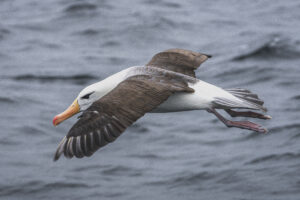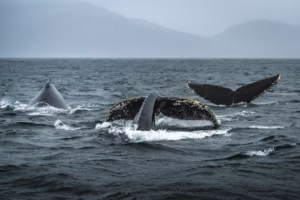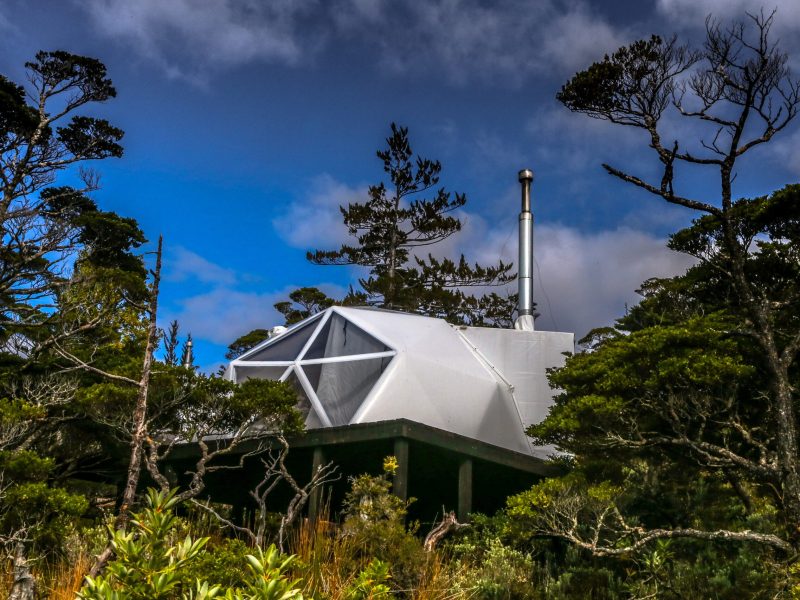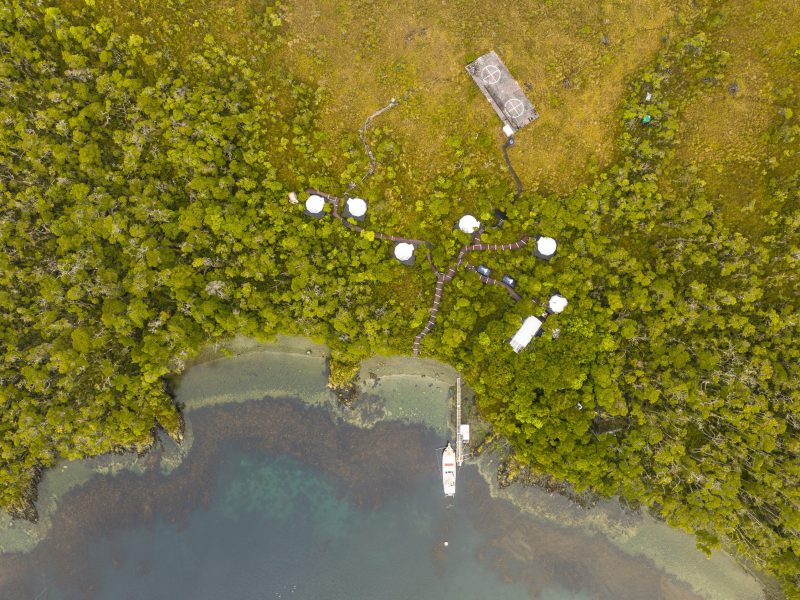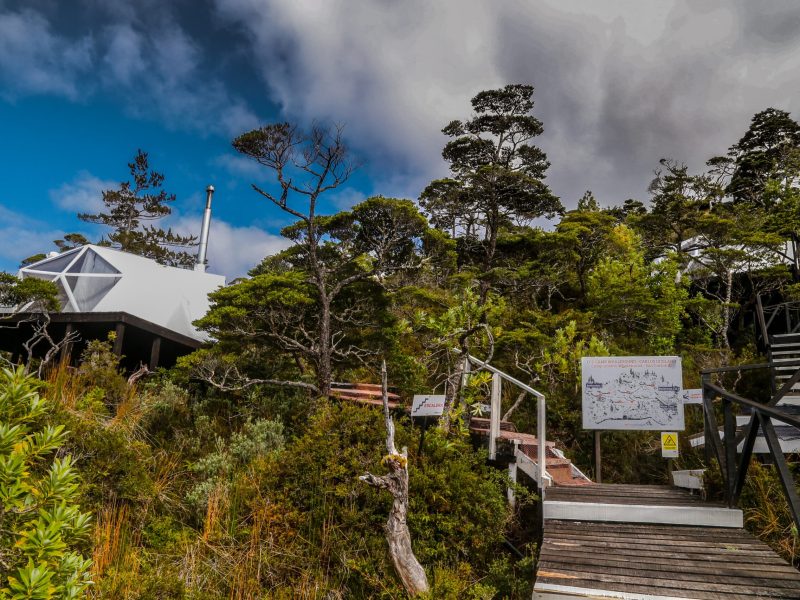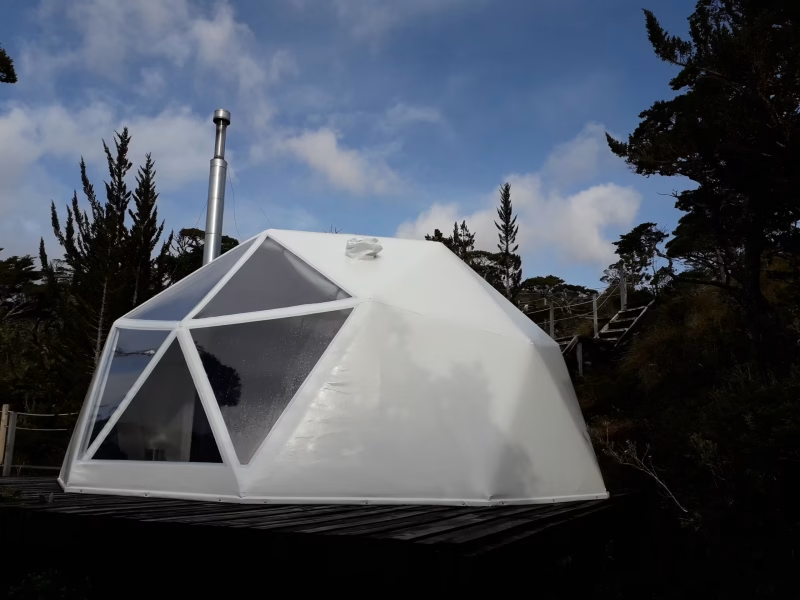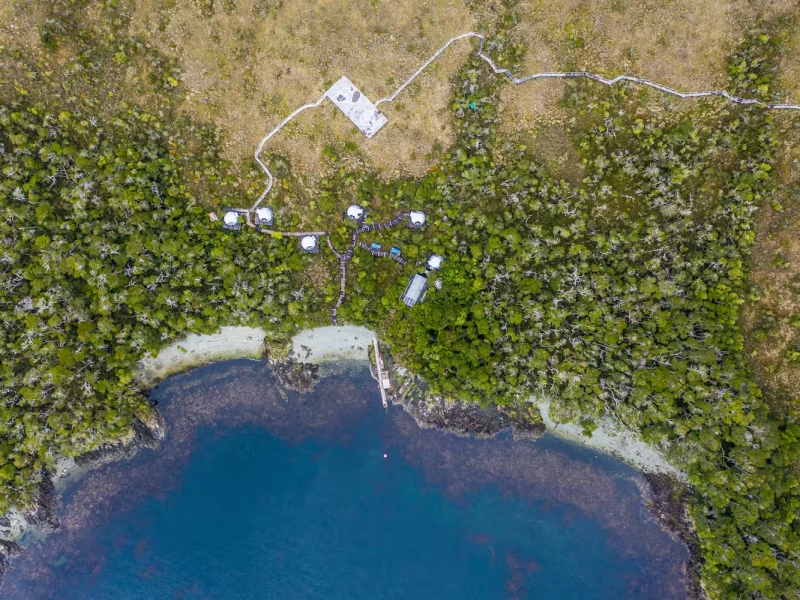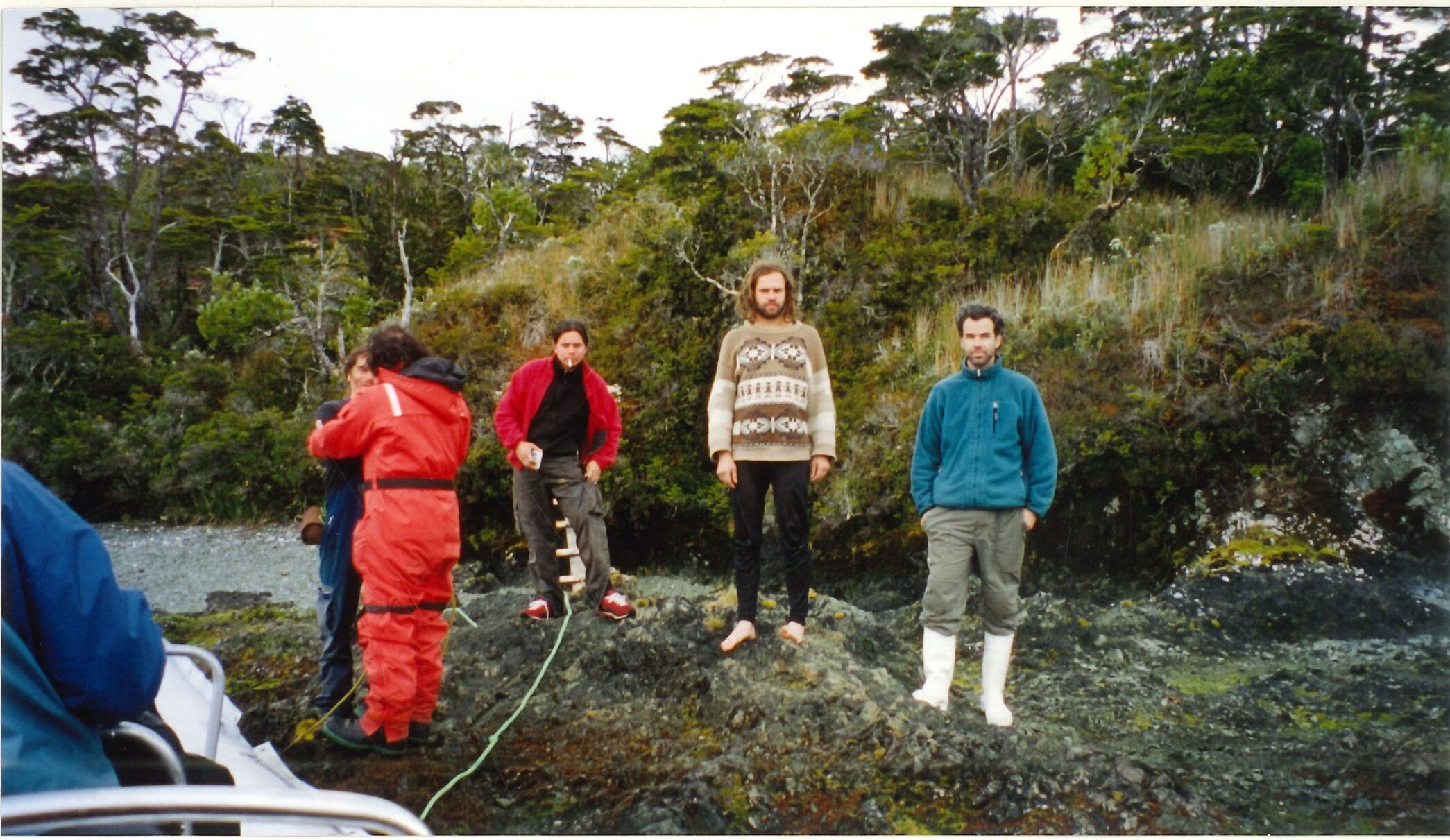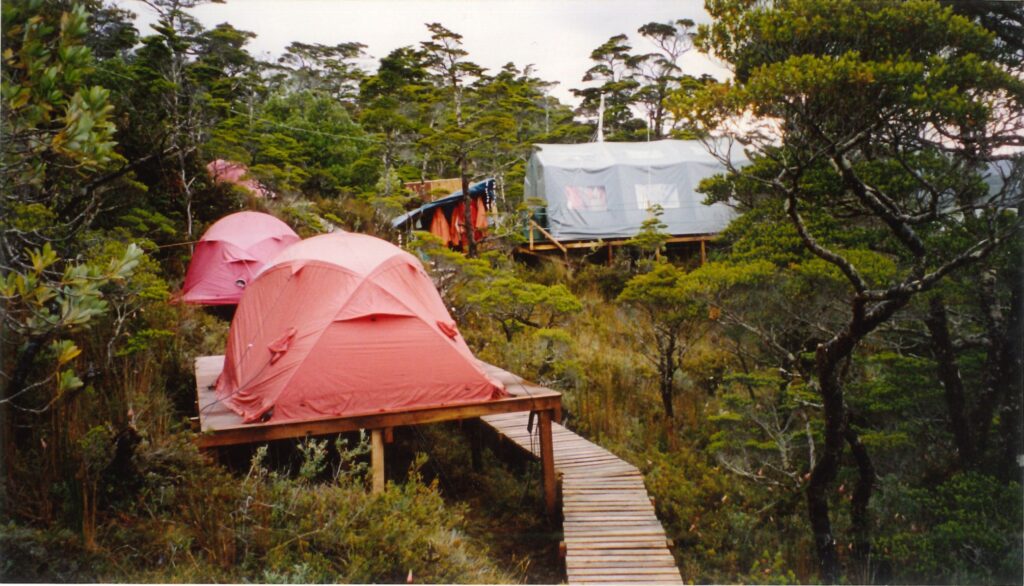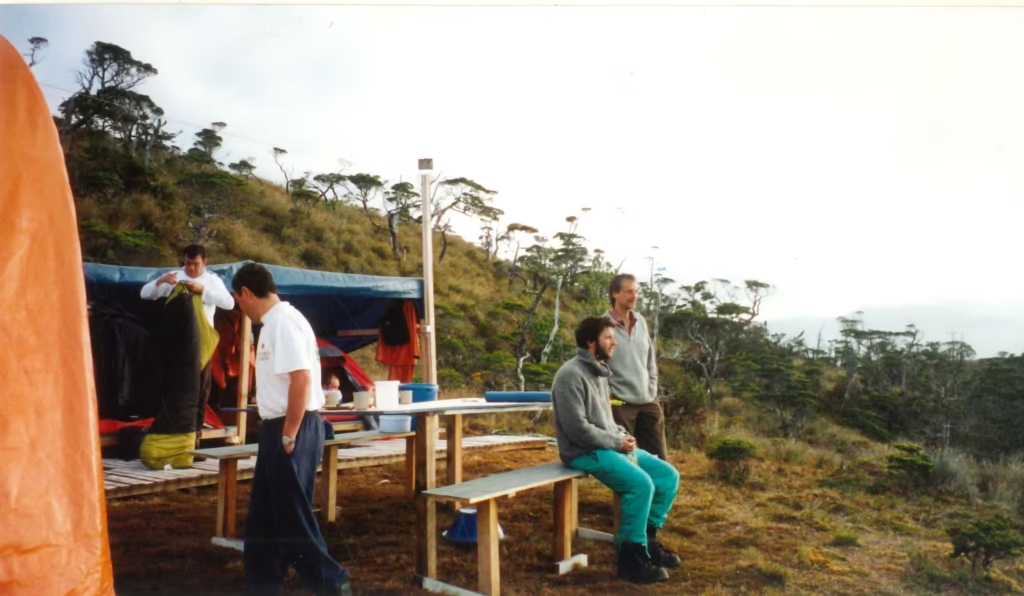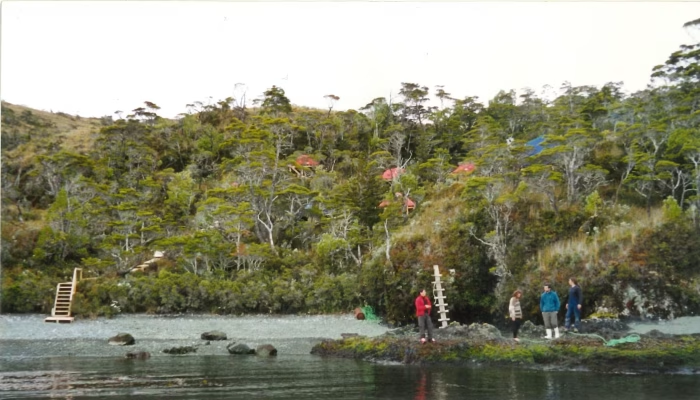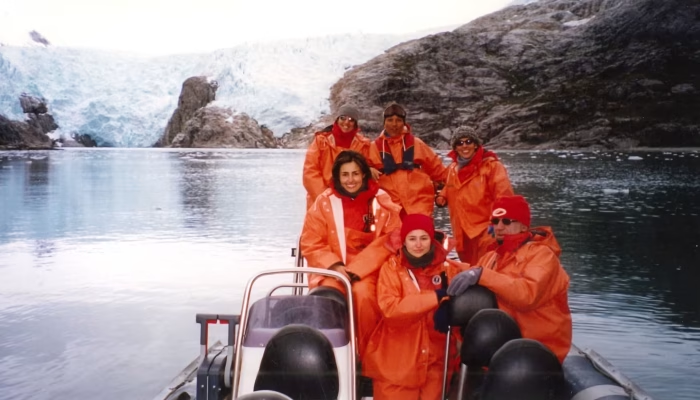Coastal migratory connections of humpback whales in southern Chile
- Published in: Annals of the Patagonian Institute, 2008
- Authors: Juan Capella, Bárbara Galletti Vernazzani, Jorge Gibbons, Elsa Cabrera
- Download the full study here
Study summary
This study presents for the first time direct evidence of the exchange of humpback whale individuals between different coastal areas of southern Chile, through photo-identification analysis.
The areas studied include:
Carlos III Island (Strait of Magellan)
Fuegian and Patagonian fjords
Cockburn Canal
Canal Wide
Northwest of Chiloé Island
When comparing photographs, it was detected matches in 4 individual whales who moved between these areas.
Key findings
A mother with calf was seen in Chiloé and then in Carlos III in the same season (2008).
Three other whales were sighted in different years between Charles III, Wide and Cockburn Channels.
The The distance between the zones ranges from 80 to 1,300 km, with an average swimming speed of 34 km per day.
Some whales were re-sighted by more than 5 consecutive years.
What does this finding mean?
This is the first record of coastal connection documented among groups of humpback whales in:
Strait of Magellan
Patagonia and Tierra del Fuego
Chiloé Island
Suggests the existence of a continuous coastal migration route in southern Chilean waters, ranging from 54°S to at least 41°S.
Implications for science and conservation
Reinforces the need to protect The entire southern Chilean coast as a feeding and migratory transit area.
Highlights the value of the Strait of Magellan as site of fidelity and long-term residence.
It invites the extension of photoidentification and genetic studies in the Patagonian and Fuegian fjords.
